When you hear the phrase Depth of Field (also called DOF) you may wonder why you should care as long as your pictures are in focus. Well since DOF is generally referred to as the range of a pictures over all sharpness; and most people are instinctively drawn to the sharpest part of the picture first, I would say that it is indeed a major player in the game of creative control.
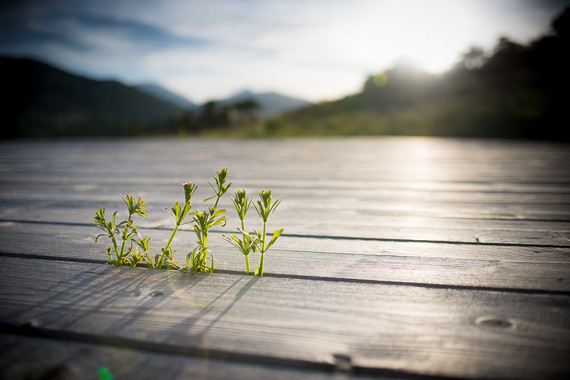
Photo by Julien Sanine
Most articles or books you will read on this subject immediately jump into talking about f-stops. These are numbers like f-1.4 to say f-22 that represent how much light the aperture is letting into the camera. Although I will explain that more in detail in a few minutes, it is not where I want to start.
3 basic things that affect DOF:
- the lens aperture (f-stops)
- the lens focal length (the size like: 35mm vs. 200mm)
- the subject difference (how far it is from the camera)
Keep in mind that most digital cameras do not have f-stops as per say. In fact if you have a straight point and shoot camera with a set lens, it may feel like you have no control at all. Although it does take a little more effort there are still things you can do to enhance your Depth of Field experience.
Both the point and shoot and even many of the more advance digital cameras are based on a false premise. They assume that all people want all their pictures, all the way in focus, all the time. “Now wait a minute”, you may be saying to yourself. “Of course I want my pictures in focus, don’t I?”
When we say in focus, we are not talking about the results of a 110 year old lady who can not hold the camera steady. Depending on where you focus in any given picture; so much in front of the subject and so much behind the subject will also be in focus. Generally, more will be in focus behind the subject than in front of it. Keep this in mind when you are choosing your focus point; you may want to focus about 1/3 of the way into your scenic shot as opposed to automatically focusing ½ the way in to the scene.
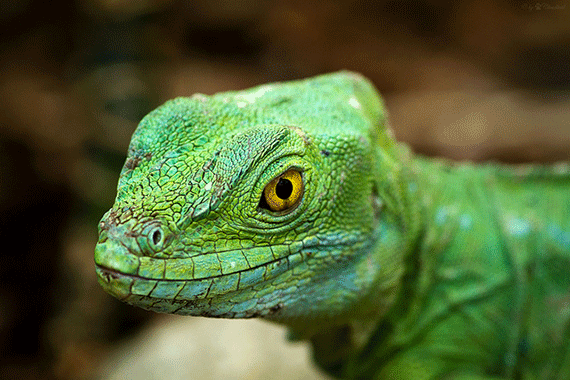
Photo by Cloudtail the Snow Leopard; ISO 400, f/5.0, 1/100-second exposure.
There are several really good reasons for wanting to choose a narrow DOF verses a wide DOF. Remember Wide DOF means everything in focus all the time. For those who are not quote “into” photography then this mode will indeed satisfy their needs 90% of the time. But for the rest of us; here are some examples of when you may NOT want to shoot that way.
A) Portraits: focus on the person and blur the background. This is helpful when there are distracting elements behind the subject.
B) At the zoo: focus on only one animal. The idea here is to obscure the fact that you actually took the picture in the zoo. You want to make it look like you took this animal in its own natural environment.
C) Flower shots: focus on one flower or better yet even just part of a flower and let the others around it become like a painted background.
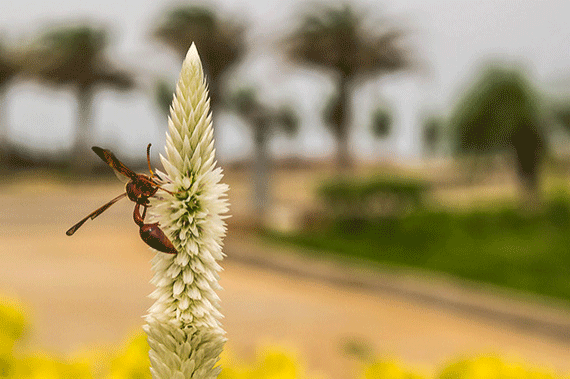
Photo by Thangaraj Kumaravel; ISO 200, f/8.0, 1/640-second exposure.
D) Sporting Events: focus in on the one who crossed the line first, or jumped the highest. Separate the leader from the pack by using creative DOF.
Back to the basic problem, how exactly do we control Depth of Field? Shooting an object that is 10 feet from the camera will have a much smaller DOF range than shooting an object 100 feet away. So, move in closer!!
If your camera has a zoom lens ( say 35mm -200mm) the smaller the size, the wider depth of field. Most set lens are in the range of 28mm – 38mm, so there is less to adjust, less to think about, and unfortunately less control. However, even without getting into the f-stops; if you photograph someone with using the 35mm end of the scale a lot will be in focus, but if you do the same using the 200mm length of your lens much less of the total image will in sharp focus.
If you are into doing close-up photography (flowers, insects, etc) the close-focus or macro mode of your camera will already give you a fairly narrow amount of depth of field. But you can push that even further by considering the use of filters. Most cameras, will now accept filters. But even if yours does not (set lens again); you can actually hold the filter in place and shoot. Close up filters allow you to shoot much closer than the lens will by itself. They also usually narrow the depth of field and require a little more light.
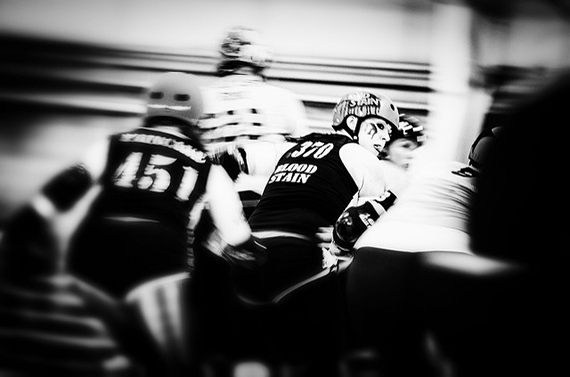
Photo by Pat Kight; ISO 1600, f/4.0, 1/30-second exposure.
Many of today’s cameras have more than one auto mode. In a fully automatic camera you have not gained much if any control, but if you have the option for Aperture priority or Shutter Priority you are back in the driver’s seat. Basically put: Aperture Priority means that you control the aperture (or f-stop) and the camera picks the right shutter speed to get a proper exposure. Conversely, Shutter Priority does the exact opposite, you control the speed and it will pick the correct aperture for the given light conditions.
Now we will mention the world of f-stops. The words aperture and f-stop are referring to the same thing. I have absolutely no idea why we don’t call them A-stops, but just so I don’t confuse anybody, I will call them f-stops. The f-stop controls how much light enters the camera. Many books and magazine confuse people by referring to how big the opening is and how small the depth of field is. In my world, I like to keep things as simple as possible.
A small number (like f-1.4) means only a small amount will be in sharp focus. A large number (like f-22) means a large amount will be in sharp focus. To me, that is a whole lot easier to remember than the way many people explain it. Small number = small amount in focus, and large number = large amount.
But wait, you’re saying to yourself, “I don’t even have an aperture mode.” Maybe you do, and don’t realize it. If you’re camera has little pictures or icons on it like, many cameras do, you may have more control than you realized. The picture of the small head means portrait mode. (IE the subject will be in sharp focus but the background will not) The picture of the little mountain means landscape mode. (IE most of the picture will be in sharp focus from front to back.)
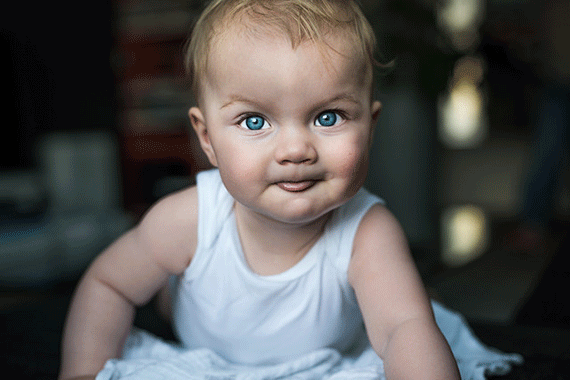
Photo by Merlijn Hoek; ISO 160, f/2.8, 1/80-second exposure.
Remembering that most people are attracted to the thing that is in the sharpest focus, it becomes very hard (visually) to be attracted if the entire picture is in complete focus. There is nothing specific to draw the viewers’ attention. By using the creative possibilities that depth of field offers; no matter what kind of camera you have, your images will be much more powerful and interesting.
About the Author:
Award winning writer / photographer Tedric Garrison has 30 years experience in photography (better-photo-tips.blogspot.com). As a Graphic Art Major, he has a unique perspective. His photo eBook “Your Creative Edge” proves creativity can be taught. Today, he shares his wealth of knowledge with the world through his website.
Like This Article?
Don't Miss The Next One!
Join over 100,000 photographers of all experience levels who receive our free photography tips and articles to stay current:






f-stop = Focal ratio. Ergo f-stop, f-ratio etc.
Wikipedia has a good discusion.
In New Jersey the ” f ” means: fuhgetaboutit. LOL
Another significant factor in the amount of depth of field is the size of the sensor. The smaller the sensor, the more apparent depth of field for the same aperture.